On October 24, Toronto, Canada, was the site of a tragic incident that has sparked renewed discussions about the safety of electric vehicles, especially Teslas.
A High-Tech Tragedy Unfolds
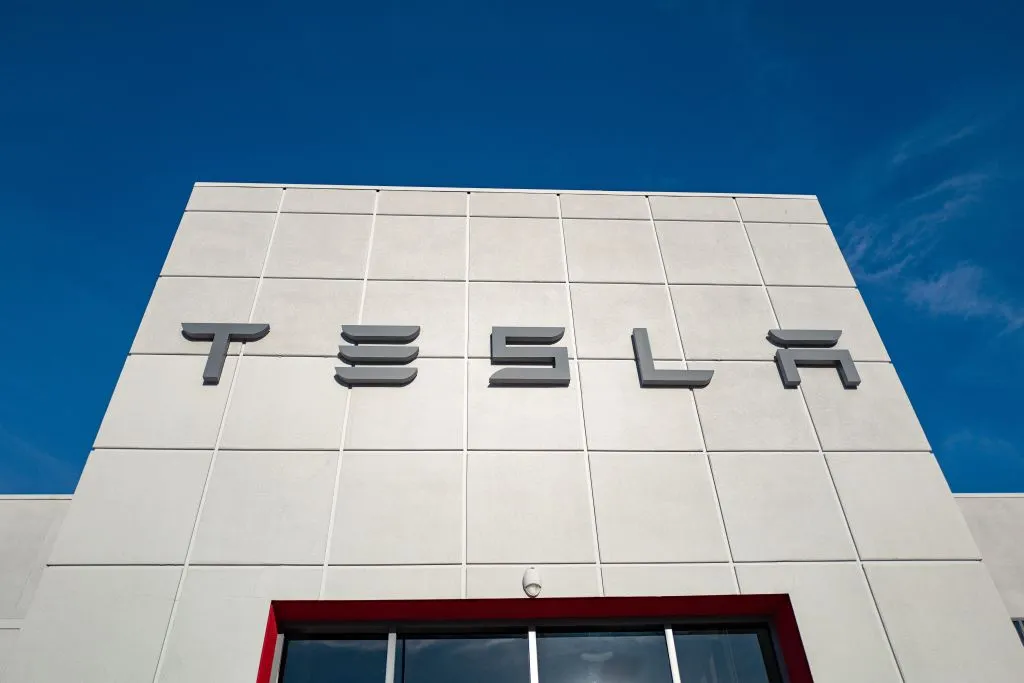
A Tesla carrying five passengers lost control, crashed into a guardrail, and caught fire. Sadly, four of the occupants—Jay Sisodiya, 26, Digvijay Patel, 27, Neelraj Gohil, 30, and his sister Ketaba Gohil, 32—were trapped and perished in the flames.
The Tragic Accident That Took Four Lives

The only survivor, a 25-year-old woman, owes her life to Rick Harper, a Canada Post employee. Harper, who was nearby, broke the Tesla’s window and pulled her out of the burning vehicle, saving her from certain death.
Trapped by Technology?

The survivor reportedly had difficulty escaping because the Tesla’s electronic doors refused to open. Harper shared with The Toronto Star, “You couldn’t open the doors. I don’t know if it was the battery or something else, but she couldn’t get out.”
A Closer Examination of Tesla’s Safety Features—and Their Limitations
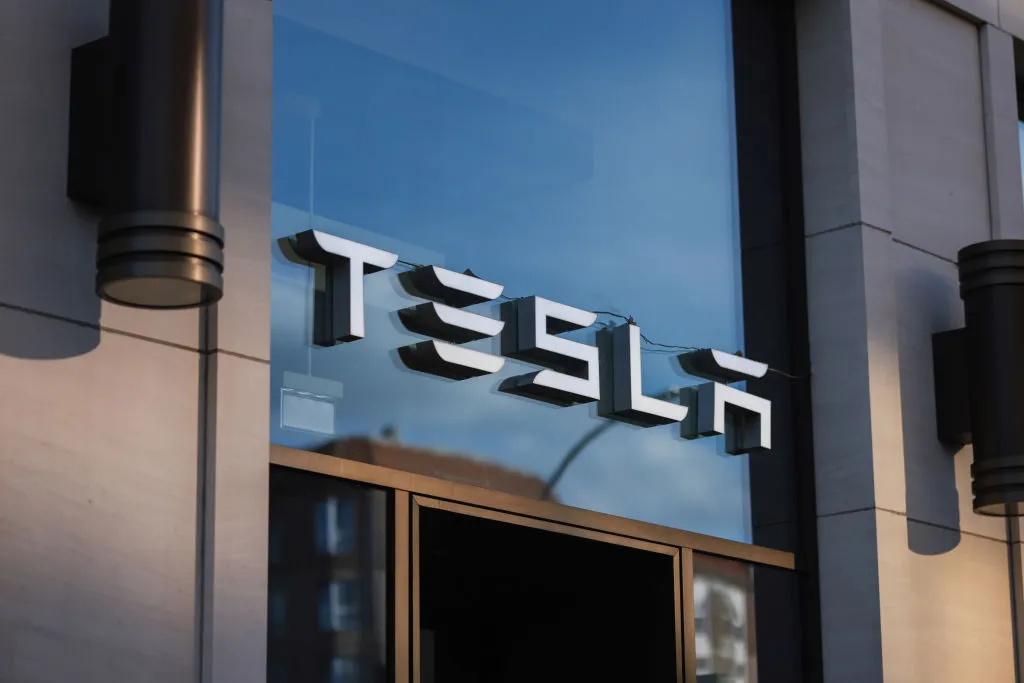
Tesla promotes its vehicles as among the safest in the world, highlighting advanced safety features and durable battery packs. However, these same high-tech systems can become dangerous in emergency situations.
Tesla’s electronic doors depend on power to function. In a crash that severs the power supply, passengers can become trapped inside, as traditional manual buttons no longer work.
Randy Schmitz, chairman of the Alberta Vehicle Extrication Association, explained, “When the vehicle loses power, the doors can’t be opened using normal methods. This presents a major challenge for rescue teams.”
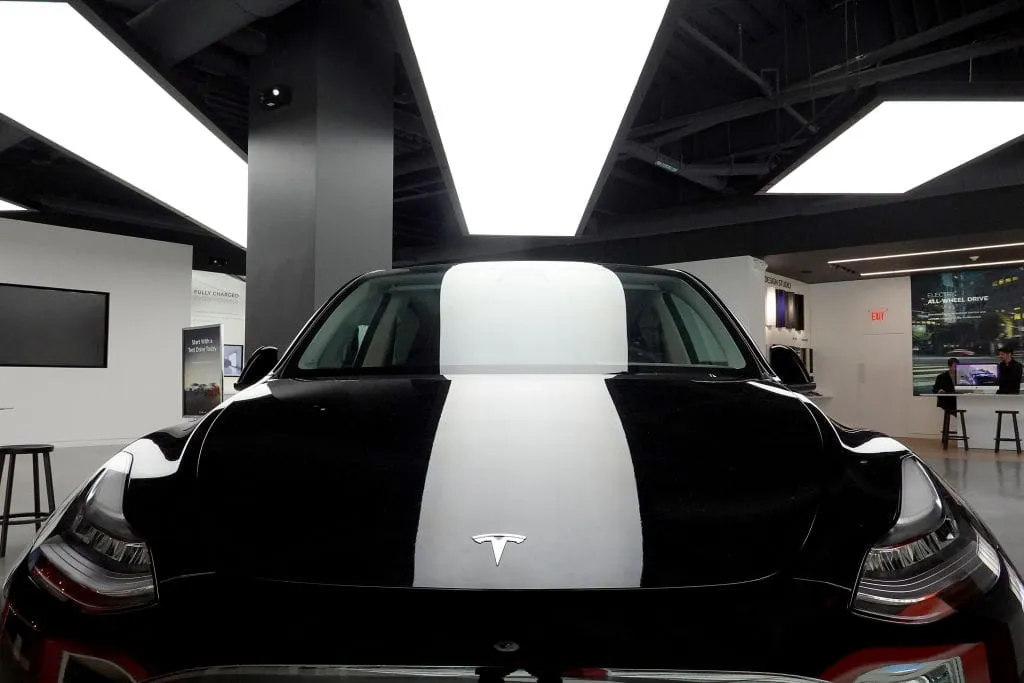
Adding to the danger is the lithium-ion battery. While it offers efficiency and power, it becomes highly flammable under certain conditions. Deputy Fire Chief Jim Jessop noted that the intensity of the fire was directly tied to the battery.
Who Were the Victims of the Tragedy?

This devastating crash was not only a failure of technology but also a personal tragedy for the families of the four friends who lost their lives.
Jay Sisodiya, a 26-year-old software engineer, was remembered as “a visionary always eager to take on challenges.”
Digvijay Patel, 27, had recently launched a small business, realizing a dream he had worked years to achieve.

Neelraj Gohil and his sister Ketaba were inseparable, dedicating themselves tirelessly to supporting their extended family in India.
The group had gathered to celebrate a significant milestone—Neelraj’s promotion—turning the night into one filled with joy and camaraderie.

What began as a night of celebration quickly descended into a nightmare, leaving families devastated and an entire city in mourning.
The Survivor’s Trauma

The young woman rescued by Harper has not been identified but is said to be in stable condition. Witnesses report that her cries for help were what initially caught Harper’s attention.
Her escape was truly miraculous, but she now embarks on a challenging journey of physical and emotional healing.
Tesla’s Ambitious Claims Face Growing Scrutiny
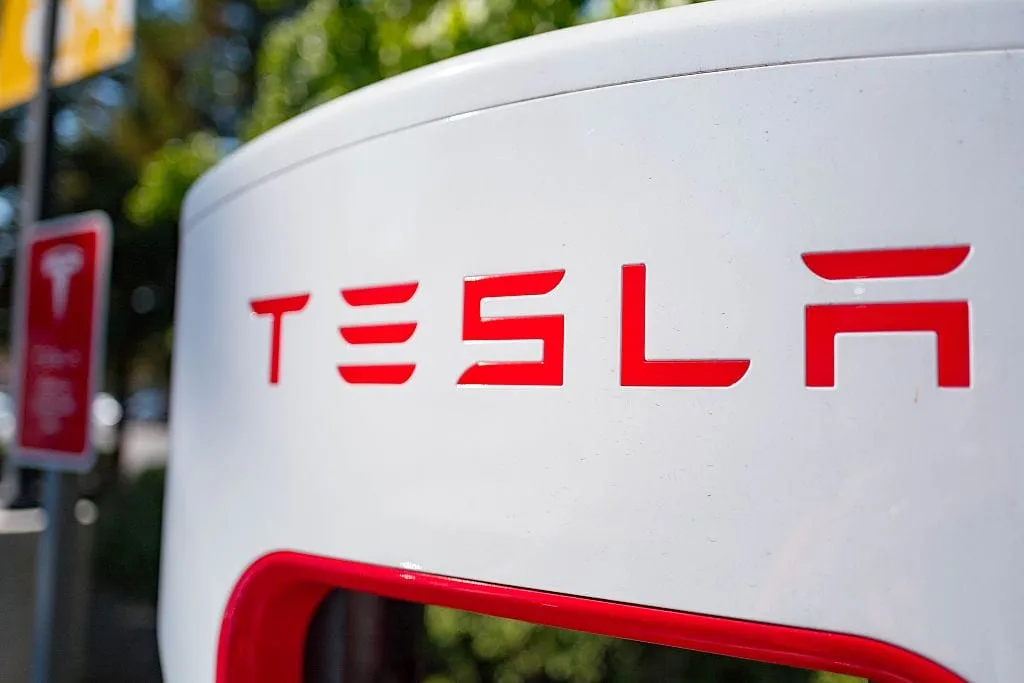
Tesla frequently touts its vehicles’ safety records. A section of their official safety report reads.
“Tesla’s battery packs rarely incur serious damage in accidents… In the extremely unlikely event of a fire, our safety system works to isolate it to select areas within the battery
However, this incident raises important questions. Was the crash truly an exception, or does Tesla need to reevaluate its emergency protocols?
Harper’s Heroic Efforts

Rick Harper sprang into action without hesitation, using anything he could find to smash the window. “The car was filled with smoke, and I couldn’t see anyone else inside,” he said, unaware that four other lives were trapped within.
The survivor owes her life to his quick thinking, yet Harper is still haunted by the fact that he couldn’t save everyone.
A Broader Issue?

Tesla’s safety features have faced scrutiny before, with previous reports of door malfunctions during emergencies, typically caused by a loss of power.
Critics suggest that Tesla should offer clearer instructions on emergency exits and consider adding mechanical failsafes to override electronic systems.
What Happened That Night?
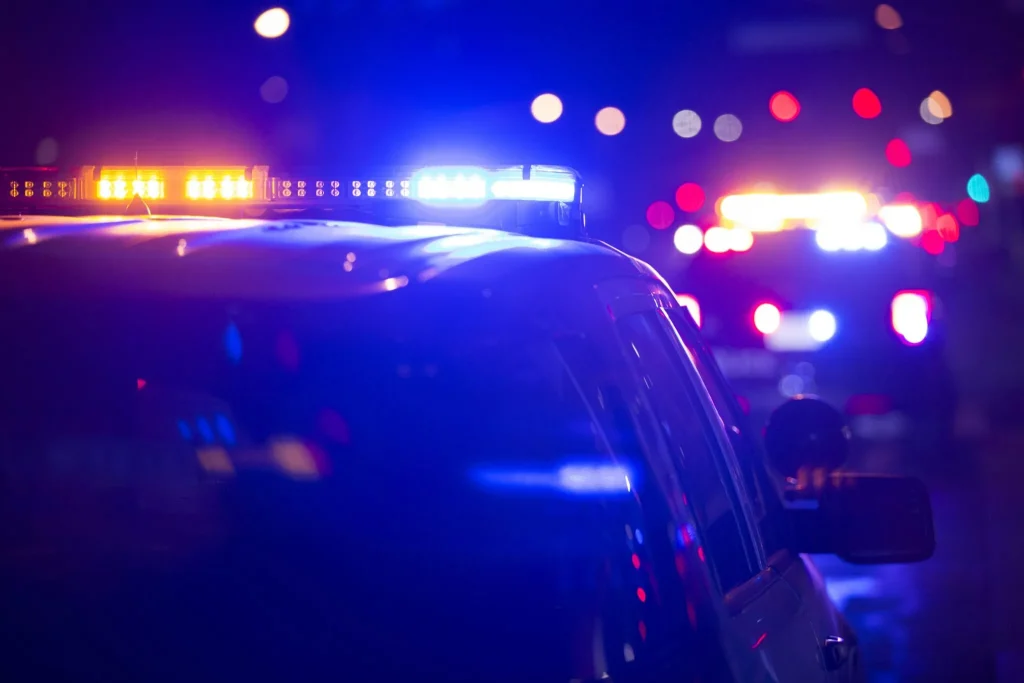
Although the exact cause of the crash is still under investigation, experts believe the severity of the fire was intensified by the Tesla’s battery system.
Investigators are currently trying to determine whether human error, mechanical failure, or environmental factors sparked the deadly chain of events.
The Question: Could This Happen Again?

This tragedy goes beyond a single crash in Toronto.
As electric vehicles become more widespread, their unique challenges are coming to light.
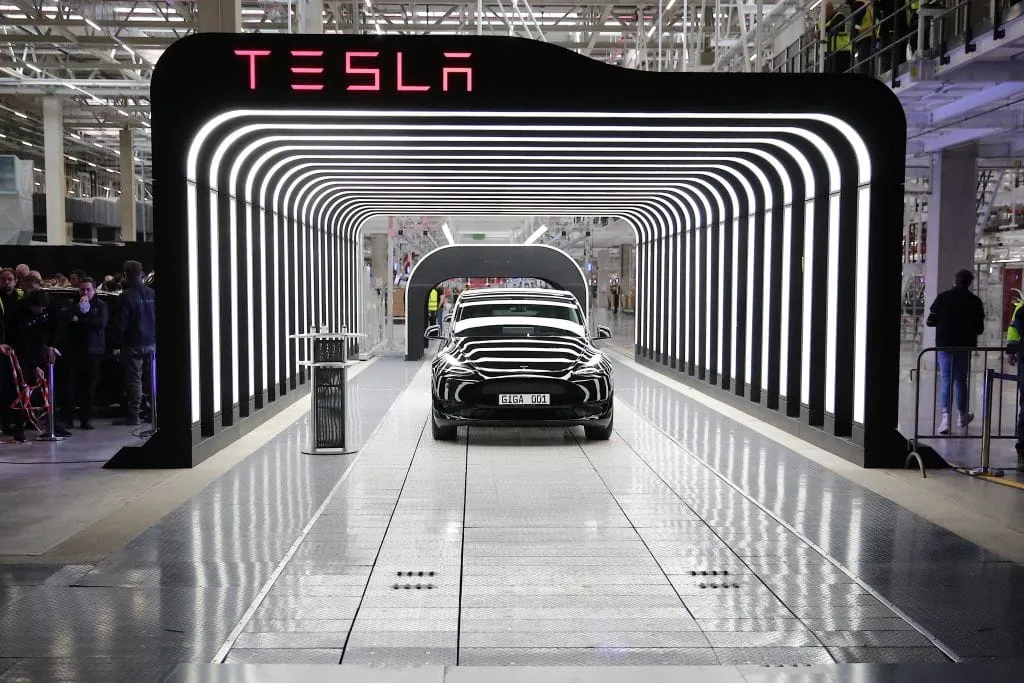
Are manufacturers like Tesla doing enough to anticipate worst-case scenarios? Or are consumers being lulled into a false sense of security by sleek designs and bold claims?
Until answers are found, one thing remains clear: for the families of Jay, Digvijay, Neelraj, and Ketaba, no explanation can ever erase the pain of their loss.
What Happens Next?

The crash has ignited calls for increased scrutiny of EV safety protocols.
Advocates are urging Tesla to implement stronger failsafes, especially for critical features such as door mechanisms.
Meanwhile, Harper’s bravery stands as a powerful reminder of the human cost behind these high-tech vehicles.

This crash isn’t just an isolated incident—it’s a wake-up call.
It’s a showdown between the futuristic tech giant, Tesla, and the harsh, unyielding Chicago winter.
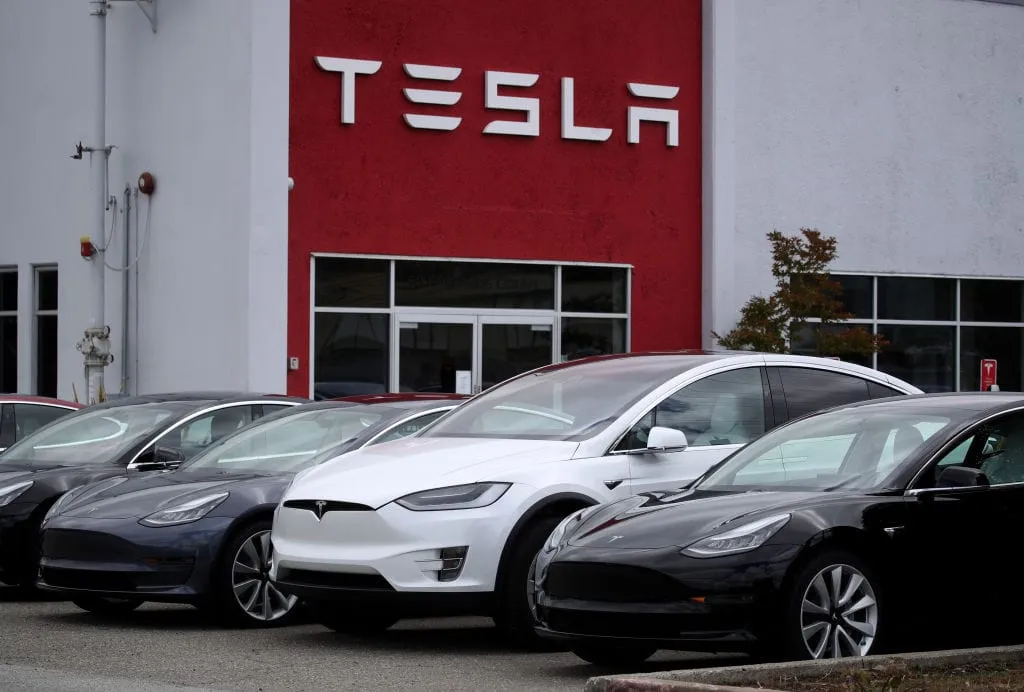
Let’s take a closer look at this frosty fiasco.
The Frigid Chicago Scene
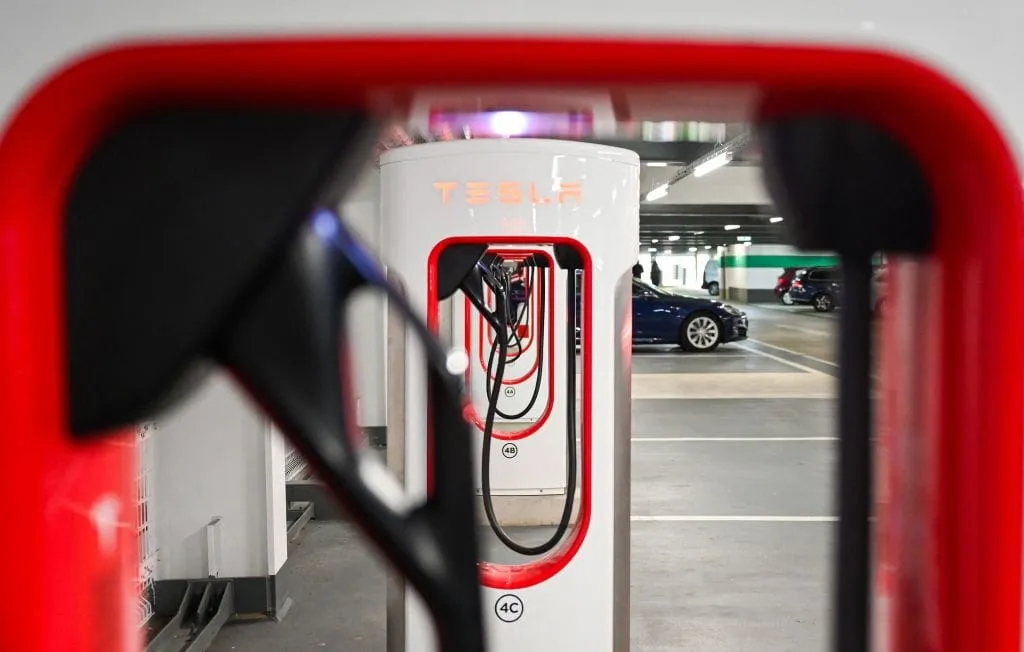
Chicago’s winter is infamous, like a villain in a superhero movie, renowned for its bone-chilling temperatures.
This year, the Windy City lived up to its infamous reputation, with temperatures plunging to a staggering -32 degrees!
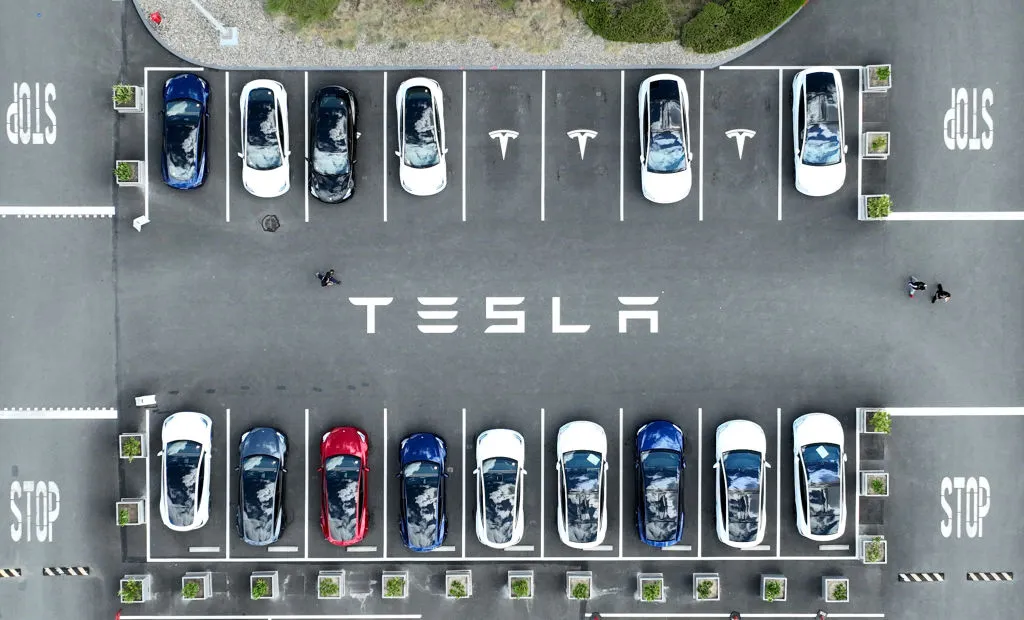
The bustling city was gripped by the freezing temperatures, wreaking havoc on everything from public transportation to private cars.





